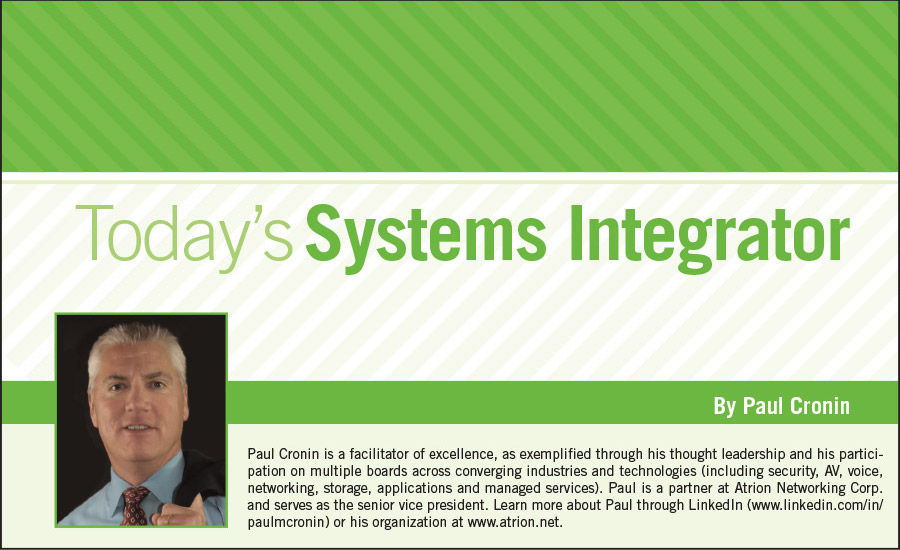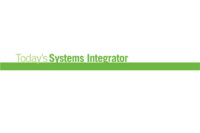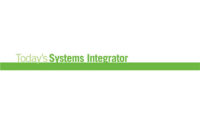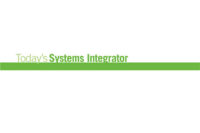In the last installment of this column (“When Fewer Clients Are Better; www.SDMmag.com/when-fewer-clients-are-better) I shared some insight about how having more clients doesn’t necessarily mean more of the right type of revenue or higher margins. I made the claim that by classifying your clients in to A, B, C and F you can identify the right clients that are key to growing your business, as well as the ones that you should separate yourself from. Sellers and presale engineers have limited time; the cost of chasing bad business confines them from growing their existing accounts or developing new ones.
Just classifying clients and moving away from the Fs isn’t good enough; you also need to focus on moving the C clients to B, the B to A and the A to A+. This requires strategic focus and solid account planning. The majority of solution providers I talk to say their sales team isn’t investing significant time on this. There is neither a formal process nor management buy-in, and most have never been educated on how to do it — so why would they?
The buyers are different, the clients are more educated, there are new substitute products, there are different types of consumption models, and there are new competitors in the market. But, above all, the requirement for a salesperson to discuss business value with executives and to map solutions to outcomes is key to the selling process.
For this reason proactive account planning is not a “nice to have,” but a “need to have.” It starts with collecting in-depth facts about the client’s business, industry, business-making priorities and decision-making process, such as:
-
the primary market/industry in which the client competes,
-
their competitive advantage in their market,
-
top strategic goals/objectives for the CEO and business,
-
relevant initiatives and business applications,
-
their risk and governance process,
-
any on-the-horizon trends that need to be planned for,
-
any business situations driving urgency,
-
the influencers and stakeholders in the organization,
-
the decision-making process,
-
the level of our relationships outside our point of contact,
-
whether products/services fit to their needs,
-
whether our team members align with their team members at all levels,
-
if there are competitors in the account selling other products to other contacts,
-
whether we can clearly differentiate ourselves from our competition,
-
if we have solved a problem like theirs before and have evidence that we can share,
-
whether we can monetize our solution and present it in a way that speaks to their business goals, and
-
if they fit the client profile and, if not, whether they are worth the investment.
Ask your sales staff to answer these questions for each of their top five clients and see how they do. I would love to get a LinkedIn message (www.linkedin.com/in/paulmcronin) from you with the results.
There are many facets to implementing an account-planning process in a sales organization. Miller Heiman and Franklin Covey are a few that have programs that enable organizations to develop competencies in this area. Traditionally the process requires a change in culture and often can initially slow down the sales process. But the upside of developing the account and strategically moving it to an “A” with deeper revenue and margin potential is worth the sacrifice.
Formally educate your sales and technical leaders. Pick one key account with each seller to focus on. Planning is a team activity (sales, technical, services, executive, clients, etc.), ultimately owned by sales with regular reviews and brainstorming — supported and sponsored by leadership. Be sure to document your findings, and create a formal action plan with ownership and metrics for measurement.
We found that adding the delivery of one formal account plan a month to a salesperson compensation metrics helped kick start the process and kept the momentum going. I suggest the same metrics for sales leadership.







